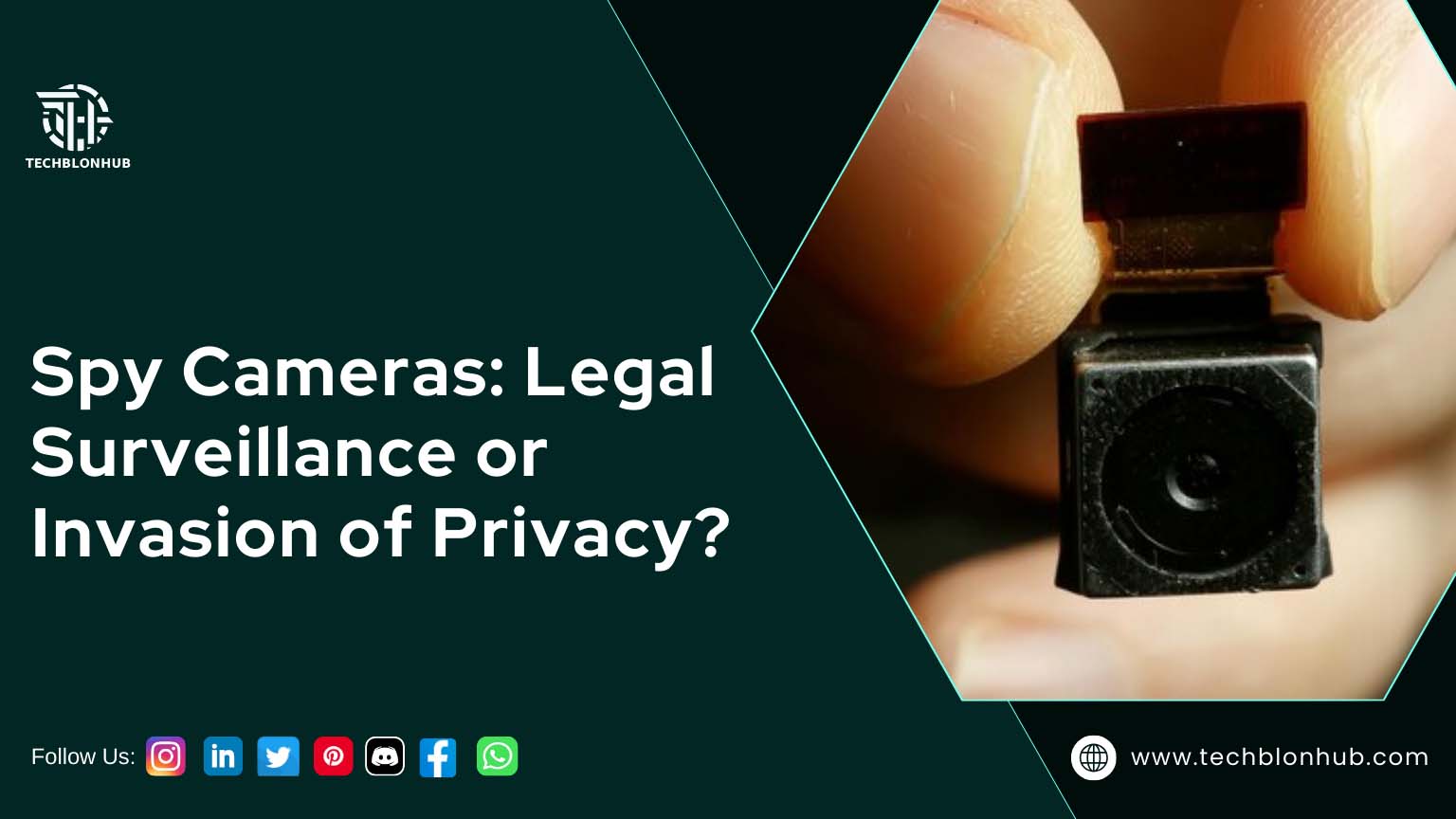If a crime has occurred in your home, your building, or your neighborhood and you have CCTV cameras in or around your home, you may be wondering if the CCTV software footage can be seen by the authorities. Perhaps you’re the only one on your block with it, which means you’re the only one getting asked and don’t know what to do for the best.
Public CCTV vs. Private CCTV
Public CCTV software appears in places like streets, parking lots, highways, and parks. Since these areas are public, police can access the recorded footage. However, they usually download past recordings rather than monitor them in real time.
Private CCTV footage covers areas like homes, businesses, and bars. If your cameras capture public spaces, such as sidewalks, the Data Protection Act applies.
What Does the Law Say About Your Surveillance Footage?
Police can access public CCTV footage without needing permission. However, private footage requires officers to follow legal procedures before obtaining it.
Read More:
The Best CCTV Systems to Keep Your Home Safe
How Can the Police Access CCTV Footage?
- Requesting Access
Police may ask you for access to your security cameras, explaining their request with a crime reference number. Even if the crime did not occur on your property, footage of someone passing by could still aid the investigation. - Warrants and Subpoenas
Officers may obtain a warrant or subpoena to access footage from a business or homeowner’s CCTV system. The warrant specifies the date, time, and location relevant to the investigation. - Requesting Public CCTV Footage
Police can request footage from public CCTV operators, such as those managing city streets or public transportation. Some operators may provide footage directly, while others require a warrant or subpoena. - Voluntary Submission
Business owners or homeowners may voluntarily share their footage with the police to assist in investigations.
Technology and CCTV Access
Some police departments use technologies like facial recognition to analyze footage quickly. This helps officers identify suspects or locate missing persons more efficiently.
Legal Procedures and Privacy Rights
Laws and regulations regarding police access to CCTV footage vary by jurisdiction. Some states and countries enforce strict rules on when and how officers can access footage, while others follow more lenient policies. Officers must understand and comply with the laws in their jurisdiction when obtaining CCTV footage.
Officers also need to respect the privacy rights of individuals captured on CCTV. Some footage may contain sensitive information that requires the individual’s consent before sharing with third parties. It’s essential to address these privacy concerns and take measures to protect personal data recorded in the footage.
CCTV footage isn’t always reliable evidence. It can be manipulated or affected by factors like lighting, camera angles, and distance. Relying solely on CCTV can be risky, so officers should use it alongside other forms of evidence to build a stronger case.
Officers can obtain CCTV footage through a warrant, subpoena, formal request, or voluntary submission from the owner or operator of the cameras. However, laws vary by location, so officers must stay informed. By combining CCTV footage with other evidence, they can ensure more reliable investigative outcomes.




